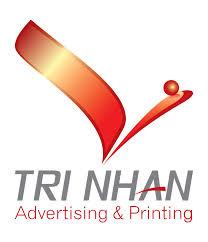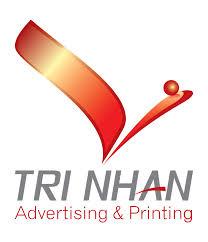In today’s fast-evolving public transport landscape, the advent of smart ticketing solutions is reshaping how commuters move across cities and regions. From contactless cards and mobile apps to QR‐based check‐ins and multi-modal fare wallets, these systems are making transit faster, smoother, and more connected. With digital-first habits becoming the norm and transport networks increasingly integrated, the shift away from paper tickets is no longer just nice to have—it’s essential.
One of the major advantages of smart ticketing is its ability to enhance the passenger experience. Rather than queueing up to buy a paper ticket, riders can tap with a card, scan a smartphone or access a transport wallet linked to their account. That convenience means fewer delays, shorter lines and more time actually travelling. For operators and agencies, smart ticketing delivers data insights—knowing when, where and how people move—which in turn supports better scheduling, capacity planning and resource allocation.
Beyond convenience, smart ticketing plays a vital role in enabling seamless travel across transport modes. Rather than purchasing separate tickets for a bus, train and tram, riders in many cities now benefit from unified ticketing where one fare covers multiple legs of a journey. This interoperability encourages public transport use, reduces operational friction and helps deliver on the promise of integrated mobility. Smart ticketing also supports dynamic fare models—such as daily caps, zonal pricing or pay-as-you-go—thereby offering flexibility that traditional systems rarely provided.
Technologically, smart ticketing spans hardware, software and services. On the hardware side you have validators, smart card readers, NFC terminals and kiosks. Software encompasses account management platforms, mobile apps, back-end clearing systems and analytics tools. Services cover everything from implementation, maintenance and customer support to data-driven optimisation. Because the components interplay heavily, strong collaboration between transit agencies, tech vendors and payment providers is key to delivering a cohesive system.
Several trends are shaping smart ticketing’s momentum. Contactless payments and mobile wallets are rising sharply—helped along by the pandemic, which accelerated demand for touch-free transit interactions. Account-based models, where the fare is calculated after travel rather than locked in at the start, are growing in popularity. Also, cities are pushing for multi-modal coverage—ensuring the same ticketing method works across buses, metros, bikes, scooters and ridesharing. In effect, smart ticketing is becoming the payment layer for the entire mobility ecosystem.
Importantly, smart ticketing also supports sustainability and operational efficiency goals. For instance, eliminating paper tickets reduces waste and lowers printing and logistics costs. Data insights allow operators to optimise vehicle deployment, reduce energy wastage and better match supply with demand. In turn, improved public-transport adoption helps cities reduce carbon emissions, ease congestion and enhance overall urban livability.
Still, this shift comes with challenges. High initial investment in infrastructure—readers, validators, network connectivity and software systems—can be a barrier. Ensuring interoperability between legacy systems and new smart ticketing platforms adds complexity. The user-adoption curve can take time, especially in regions where digital literacy or smartphone penetration is low. There’s also the matter of data security and privacy, as ticketing systems capture rich travel behaviour data which must be safeguarded.
Looking ahead, the future for smart ticketing solutions is expansive. As cities evolve into smart-mobility hubs, ticketing itself becomes part of broader mobility-as-a-service (MaaS) frameworks—users expect one payment channel to cover all transport modes. With advancements in biometrics, facial recognition, and open-loop payment systems (where bank cards or mobile wallets can be used directly), the distinction between transit ticketing and everyday digital payment is blurring. Moreover, next-gen analytics and AI will allow predictive demand modelling and truly personalised fare offers.
In conclusion, smart ticketing solutions are not simply a digital upgrade—they represent a paradigm shift in how people travel and how transit systems operate. By placing convenience, integration and data intelligence at the heart of fare collection, they enable transit agencies to create smarter, more responsive and more inclusive mobility ecosystems. As technology continues to mature and passenger expectations evolve, smart ticketing will become an indispensable component of urban transport, helping cities meet the challenges of tomorrow’s mobility.
More Related Report
Automotive Carbon Canister Market Trends
All Weather Tire Market Trends
In-vehicle AI Robot Market Trends
Selective Catalytic Reduction (SCR) Market Trends
Automotive Driver State Monitoring Systems Market Trends
Automotive Side Window Sunshades Market Trends



